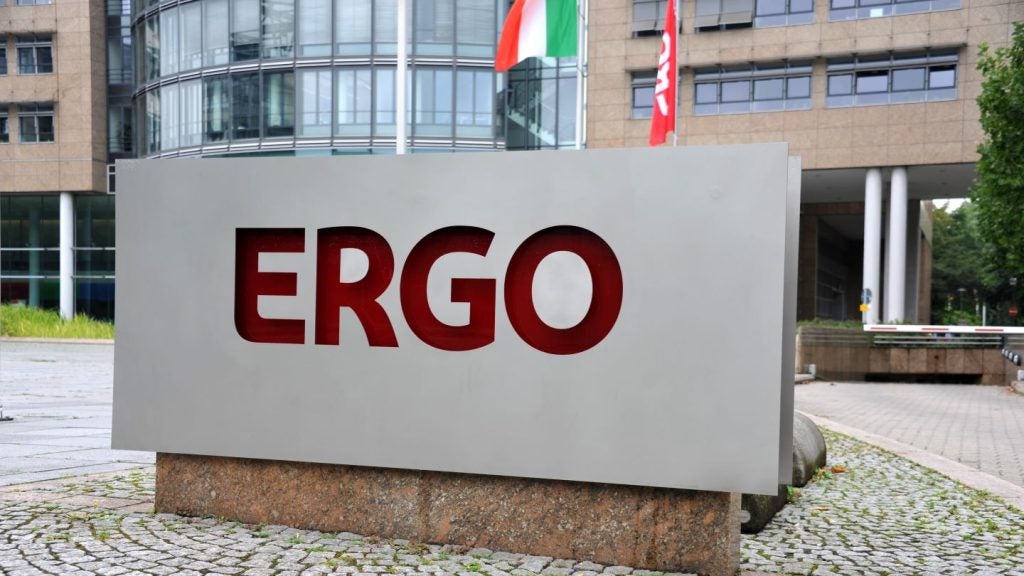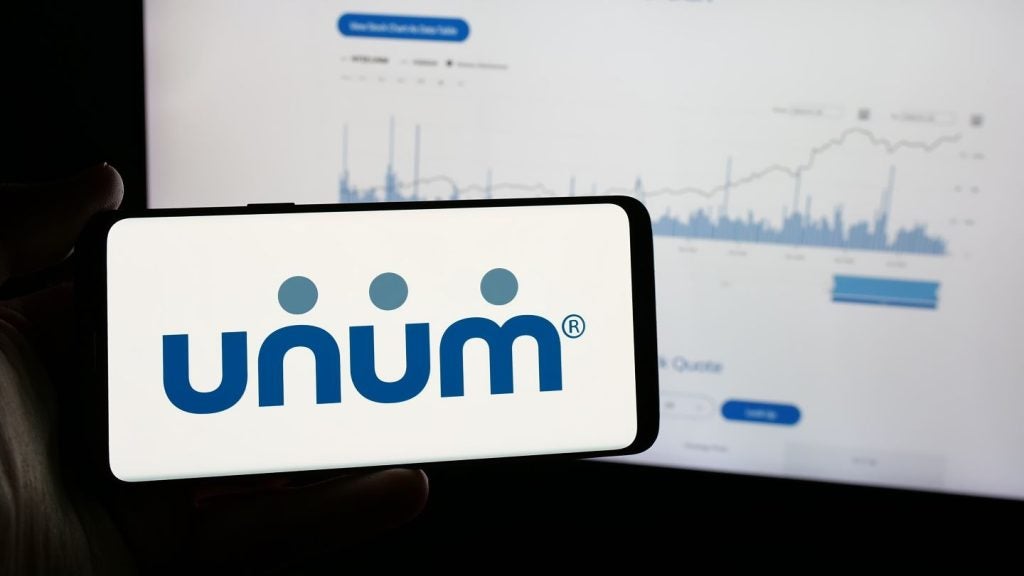
Kenya’s life insurance industry is forecast to more than double from KES56.6bn ($558.1m) in 2014 to KES130bn in 2019 – driven by stable economic growth and an expansion in the middle class population – according to a report from Timetric’s Insurance Intelligence Center (IIC).
Life insurance accounted for 35.9% of the industry’s gross written premium in 2014, says the IIC report, The Insurance Industry in Kenya, Key Trends and Opportunities to 2019.
The non-life segment and personal accident and health segment accounted for 45.6% and 18.5% respectively of the industry’s gross written premium in 2014.
Increasing demand for social security by the growing middle-class population, government investments in infrastructure projects such as the South Sudan-Ethiopia transport corridor and the Mombasa-Nairobi standard gauge rail network, and improving economic prospects are expected to drive the insurance industry between 2014 and 2019.
In terms of the life insurance sector, the individual life sub-segment is forecast to increase from KES28.9bn in 2014 to KES88.5bn in 2019.
Meanwhile, the group life sub-segment is anticipated to grow from KES27.7bn in 2014 to KES41.5bn in 2019.

US Tariffs are shifting - will you react or anticipate?
Don’t let policy changes catch you off guard. Stay proactive with real-time data and expert analysis.
By GlobalDataDistribution channel outlook
According to Kenya’s insurance regulator, the Insurance Regulatory Authority (IRA), life insurance business generated through insurance agents accounted for 56.5% of the segment’s gross written premium in 2014, while brokers and direct marketing accounted for 24.4% and 19.1% respectively.
In order to reduce operational expenses in terms of commissions paid to brokers and agents, AIG Kenya and Pan Africa Life Assurance signed a partnership agreement with Standard Chartered Bank in 2015 to distribute insurance products.
As of June 2015, 67% of the Kenyan population has access to banking services. Therefore, strategic partnerships with banks will help insurers to reach a wide customer base.
In October 2013, Pan Africa Life Assurance Ltd signed a partnership agreement with Airtel Kenya and launched the Bima Mkononi life insurance product. This partnership enables Airtel money customers to access life insurance products through mobile phones.
Making the use of technology and developing alternate distribution channels through banks, mobile phones and the web will increase the insurance penetration rate and drive the industry between 2014 and 2019.
Looking ahead, Pauline Gathuri Mbugua, senior manager – Life Insurance Business Association of Kenya Insurers AKI Centre ,and Birian Akwir from the Association of Kenya Insurers (AKI) , tell Life Insurance International they are very optimistic about the growth of the Kenyan life insurance market in 2016.
Mbugua and Akwir say: “There is a lot of potential for growth in the Kenyan Insurance industry as evidenced by the entry of a number of new players.
“The bancassurance distribution model is taking root and we can only expect it to grow and in the return contribute to growth of life business.”
Mbugua and Akwir add that micro insurance is also taking root in the industry with many companies developing products for this sector which was previously uninsured.
They say: “In recent years the government has been taking out insurance covers for government employee groups such as police, teachers, etc. This has resulted in some very large schemes coming into the market.”
Asked what are the main growth drivers for Kenya’s life and health insurance market, they point to:
– Bancassurance
– Micro insurance
– The growing middle class
As regards challenges for Kenya’s life and health insurance market, they cite the following:
– Under-cutting of premium rates
– Low economic empowerment of a large percentage of the population
– Low awareness of insurance
– For health insurance, a lack of centralized information and sharing of information is a major challenge.
– Containment of fraud is a major challenge
– Lack of government support and regulation is a challenge
They conclude by saying in 2016 they expect new products distributed and sold using mobile technology; new products sold through the social media and aimed at the younger generation; new products for the micro insurance sector; and new products distributed through the bancassurance channels
Fast facts:
– Kenya’s insurance industry is supervised and regulated by the Insurance Regulatory Authority (IRA).
– The regulatory framework ensures the protection of policyholders’ interests and details regulations pertaining to domestic and foreign insurers in Kenya. The IRA is the body responsible for regulating all insurers, reinsurers and insurance intermediaries operating in the industry.
– Kenya’s insurance industry comprises both domestic and foreign insurers. As of 2014, there were 14 life insurers, 24 general insurers, 12 composite insurers and three reinsurers active in the country. Jubilee Insurance Company of Kenya Ltd led the industry in 2014, with 13.42% of the gross written premium.







